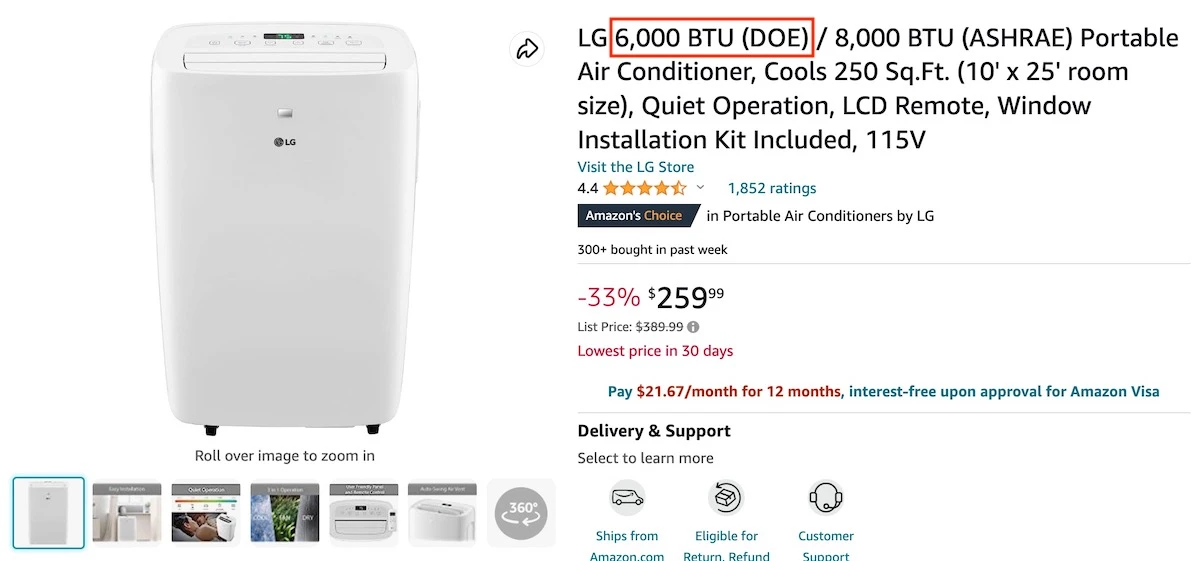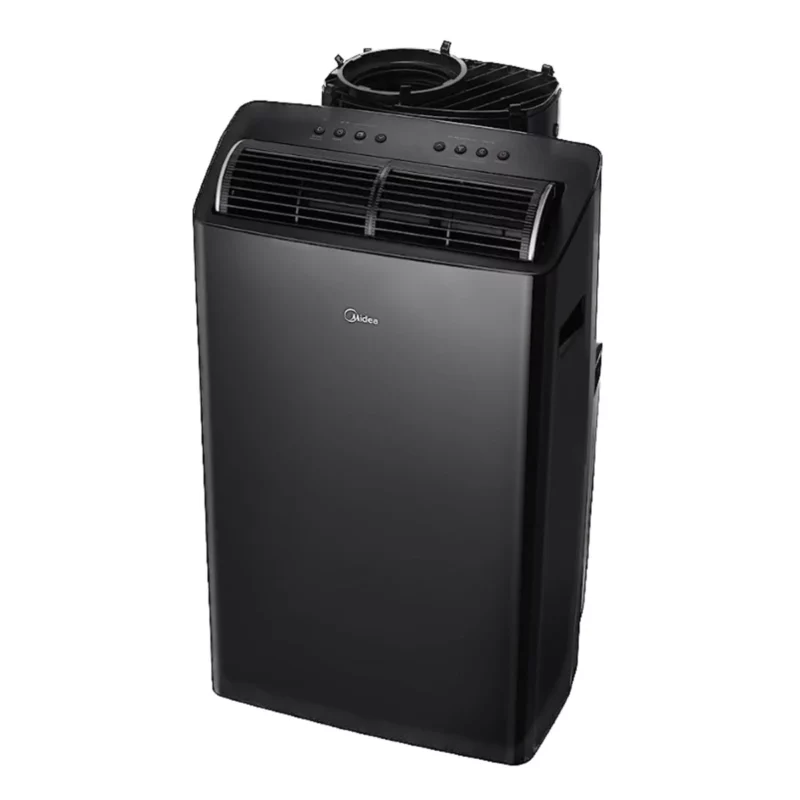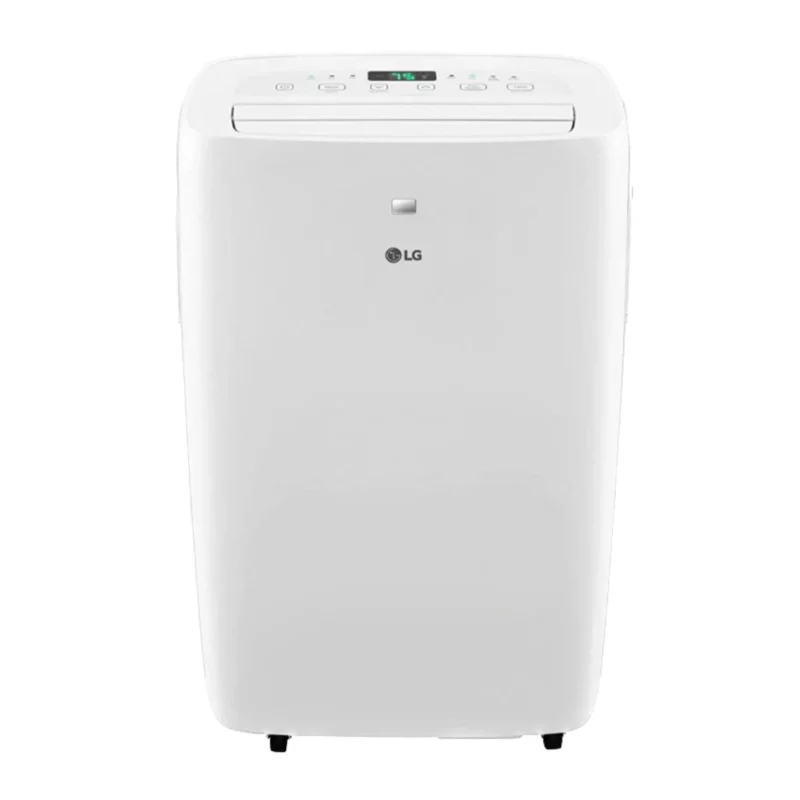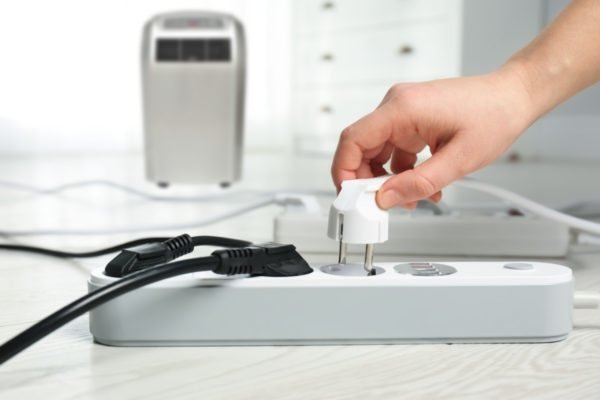4 Best Portable Air Conditioners to Buy in 2023
Portable air conditioners have tons of reviews on the internet. While many of the reviews are helpful, they seem repetitive and somewhat basic. So, I’ll provide my expert review on portable air conditioners and help buyers make a more informed decision.
When comparing and deciding to buy a portable air conditioner, there are a few things that people must be aware of such as the capacity difference between DOE/SACC and ASHRAE, operating temperature, single/dual hose and the expectation on the noise level.
Other than that, build quality and manufacturing skills are something that cannot be tested by the standard product review process as these parameters are often proven by how long a portable air conditioner last and how easily it breaks.
So, brand reputation is one of the key metrics to include when searching for a good quality portable air conditioner.
It is also important to select a portable air conditioner with features that suit your needs. Otherwise, a good product will turn into a regretful purchase.
With the above, I concluded the 4 best portable air conditioners to buy for this coming summer. Before that, I’ll explain some of the confusing things that I’ve seen from online reviews.
Portable Air Conditioner Buying Guide
Portable air conditioners have compressors and they need to use an exhaust hose to vent the hot air outside. Those that don’t have an exhaust hose are not portable air conditioners but portable air coolers.
When buying a portable air conditioner, look for one that has enough BTU for your room. The BTU you should be looking for is the DOE or SACC, not the ASHRAE. For example, the below portable air conditioner has two BTUs:

The reason why there are two BTUs is because the capacity of portable air conditioners is previously tested by the ASHRAE standard just like other air conditioners. However, portable air conditioners cause outside air to seep into the house while others don’t.
So, the ASHRAE test method does not accurately represent the actual BTU of portable air conditioners.
For many years, consumers are complaining about the cooling of their portable air conditioners doesn’t seem to match the stated BTU. Hence, the Department of Energy (DOE) came out with the SACC test method and thus, portable air conditioners have a new BTU value.
Now, here comes the problem.
Responsible manufacturers like LG clearly stated the coverage area based on DOE/SACC BTU while some of the sellers falsely advertise their portable air conditioners based on the ASHRAE BTU. This led to buyers finding out later that their portable air conditioner is under-capacity.
So, always look for the DOE/SACC BTU when buying a portable air conditioner. Also, check the advertised coverage area if it is somewhere between 20-25 BTU per sqft. For example, the above 6000 BTU is for 250 sqft, resulting in 25 BTU per sqft which is appropriate. If an 8000 BTU (DOE/SACC) portable air conditioner suggests a coverage area of 700 sqft, it is probably calculated based on the ASHRAE BTU.
Another important aspect of a portable air conditioner is its exhaust hose.
A single-hose portable air conditioner has only one hose that is for exhausting hot air. A dual-hose portable air conditioner has two hoses, one for exhausting hot air and the other one is to take in the outside air.
Most portable air conditioners have only one hose. As mentioned earlier, these portable air conditioners exhaust hot air only, creating a negative pressure that forces the outside air to seep into the house through door and window gaps.
On the other hand, dual-hose portable air conditioners create a balanced pressure as it exhausts air while also taking in air. So, they are much more effective at cooling larger rooms.
Although many portable air conditioners are advertised as “quiet”, they are nowhere near the quietness that you’re expecting.
Most portable air conditioners produce a noise level of around 50 dB. That’s equivalent to someone keeps talking to you while you’re asleep. Nothing quiet about that isn’t it?
So, if you’re buying a portable air conditioner for the bedroom, you probably need to think twice.
Unlike other air conditioners, portable air conditioners don’t perform well when the surrounding air temperature exceeds 95°F (35°). Some portable air conditioners have a lower operating temperature. Thus, they might not be suitable for you.
Best Portable Air Conditioners
After going through many portable air conditioners, below are my top 4 portable air conditioners. These are the best on the market now depending on your budget and needs.
#4 – Frigidaire

Capacity: 5,500-10,000 BTU (DOE/SACC)
Coverage Area: 200-450 Sqft
Price Range: $300 to $490
Frigidaire is known for their window air conditioners. Recently, they also sell portable air conditioners. I can say Frigidaire portable air conditioners are well built.
From the look, Frigidaire is serious about their portable air conditioners as the outer appearance of their portable air conditioners looks more premium than other portable air conditioners. Some portable air conditioners have sharp edges but Frigidaire ones have round edges and it is not cheap to make plastic curves.
Frigidaire is an American brand. They also sell various kinds of electrical appliances. With their portable air conditioners originating from China, they probably didn’t make them in-house but rebranded instead.
Based on the quality of their window air conditioners, I believe Frigidaire portable air conditioners are good as well. But, I wish they list all of their portable air conditioners in DOE/SACC BTU to avoid confusion.
Nonetheless, the large-capacity Frigidaire portable air conditioner is priced quite competitively. So, it is one of your best choices if you’re looking for something big at a cheaper price.
#3 – Black+Decker

Capacity: 4,100-8,400 BTU (DOE/SACC)
Coverage Area: 150-350 Sqft
Price Range: $380 to $510
Black+Decker is an American brand that sells various kinds of electrical appliances including portable air conditioners. Black+Decker is one of the most popular portable air conditioner brands on Amazon and other e-commerce platforms.
The quality and functionality of Black+Decker portable air conditioners are fine but I find that their listing is a bit confusing and misleading. They listed their portable air conditioners based on ASHRAE BTU which had caused many buyers to complain about an under-capacity unit.
Other than that, Black+Decker portable air conditioners are also quite pricy given their specifications and features. Nonetheless, they are one of the best options out there if you don’t favor LG or Midea.
#2 – Midea

Capacity: 5,000-12,000 BTU (DOE/SACC)
Coverage Area: 150-550 Sqft
Price Range: $250 to $630
Midea is a Chinese brand. They are one of the largest air conditioner manufacturers in China. Midea sells various kinds of air conditioners from large commercial units to small residential units like portable air conditioners.
Midea is more focused on air conditioners. At the same time, their products are also on the affordable side. Hence, Midea portable air conditioners are generally low-price but they work very well.
Out of several dual-hose portable air conditioners, I favor the Midea Duo series portable air conditioners. Not only they are more energy efficient but also quieter than other portable air conditioners.
If you have the budget and you’re looking for something better, a Midea Duo (dual-hose) portable air conditioner is most probably your best choice.
#1 – LG

Capacity: 6,000-10,000 BTU (DOE/SACC)
Coverage Area: 250-500 Sqft
Price Range: $260 to $560
Out of all portable air conditioners currently available on the market, I find that LG made the best portable air conditioner. LG portable air conditioners are generally reliable and affordable.
LG is a Korean brand. They sell various kinds of air conditioners from large-complex units for commercial buildings to small-simple units for small rooms like portable air conditioners. LG is considered one of the major players in the HVAC industry.
LG is very clear on the BTU of their portable air conditioners. They listed the capacity of their portable air conditioners and suggested the coverage area based on DOE/SACC. They are not shady and trying to trick you with the BTU. Instead, they provide many educational materials to help you choose the right BTU for your application.
The LG portable air conditioners that I recommended are simple and functional. If you have the budget, the black color one that comes with LG ThinQ allows you to control it using your phone or Alexa/Google. All of them come with a well-written user manual.
The comments are mostly positive among consumers who bought this LG series of portable air conditioners. The most critical comment is revolving around the exhaust hose being easy to fall out.
While these LG portable air conditioners are among the cheapest in their category, they don’t have the highest efficiency or the lowest noise level. But, they sure perform as they intended.





